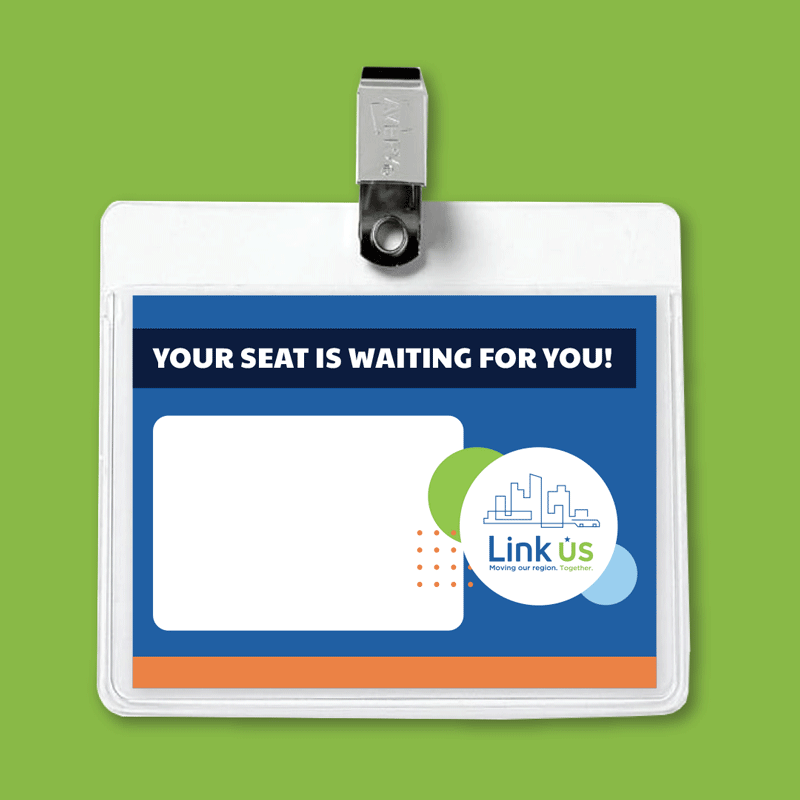

LinkUS will modernize and expand Central Ohio's transit system and make it safer and easier to walk, bike and take the bus at a time when the region is growing rapidly. Through strategic partnerships with local agencies, LinkUS will increase COTA service by 45%, enhance sidewalks, bikeways/trails and construct dedicated bus rapid transit (BRT) lines. By improving access to jobs, housing and greenspaces, LinkUS will foster vibrant, walkable communities and provide diverse transportation options for all neighbors.
Creating meaningful engagement across Central Ohio’s communities and organizations was essential to shaping responsive, effective solutions to meet diverse mobility needs. MurphyEpson’s primary challenge was facilitating genuine, proactive engagement to co-design rapid transit routes along the W. Broad, E. Main, and Northwest corridors. We needed to translate technical information effectively while incorporating community feedback at key project milestones to meet federal grant schedules. Another challenge arose during a time when neutral or positive sentiment was crucial. With heightened attentiveness to every concern, we had to ensure all engineering team members stayed aligned, especially while a levy campaign was underway. It was critical that we focused on education and engagement, not advocacy. This required extra diligence to ensure the bus rapid transit corridor messaging remained consistent, accurate and well-received by the community.
Beyond the BRT corridors, COTA needed to ensure that all member jurisdictions outside of Columbus were kept informed and had the opportunity to shape LinkUS transit service plans and bike/pedestrian investments.
MurphyEpson tackled the challenge with a comprehensive community engagement strategy designed to ensure that public input was integral to every stage of planning for the LinkUS BRT corridors and transit service in Columbus suburbs. Our team spearheaded corridor-specific engagement efforts, facilitating stakeholder meetings to gather feedback on route alignments, key destinations and construction impacts. Using clear, accessible language and innovative engagement tools, we introduced an immersive augmented reality (AR) experience with the help of our partners at inCitu, the first of its kind in the region, allowing stakeholders to visualize proposed rapid transit routes, stations and supporting infrastructure in a realistic, interactive way. We facilitated regional meetings to bring together diverse perspectives from multiple jurisdictions, fostering open dialogue that clarified the project’s benefits and addressed concerns. This approach not only garnered community support but also empowered residents and stakeholders to actively participate in the planning process, reinforcing the project’s focus on mobility and connectivity for Central Ohio’s future.
Our engagement strategy included pop-up events, traditional outreach methods, clear educational materials, exhibits, e-newsletters, jurisdiction briefings and a communication toolkit for regional partners. Our team crafted scripts for the augmented reality experience and produced custom audio content for the buses, tailored to the diverse range of personas that will use LinkUS. We also staffed the tours and provided supportive collateral, such as info cards, to give riders deeper insights into the LinkUS project. The innovative use of augmented reality not only made the engagement process more interactive and informative, but also set a new benchmark for community engagement in the region. Throughout this process, we worked closely with stakeholders from all three corridors, managing three major projects under the LinkUS umbrella and ensuring messaging was consistent and tailored to each specific community’s needs.










